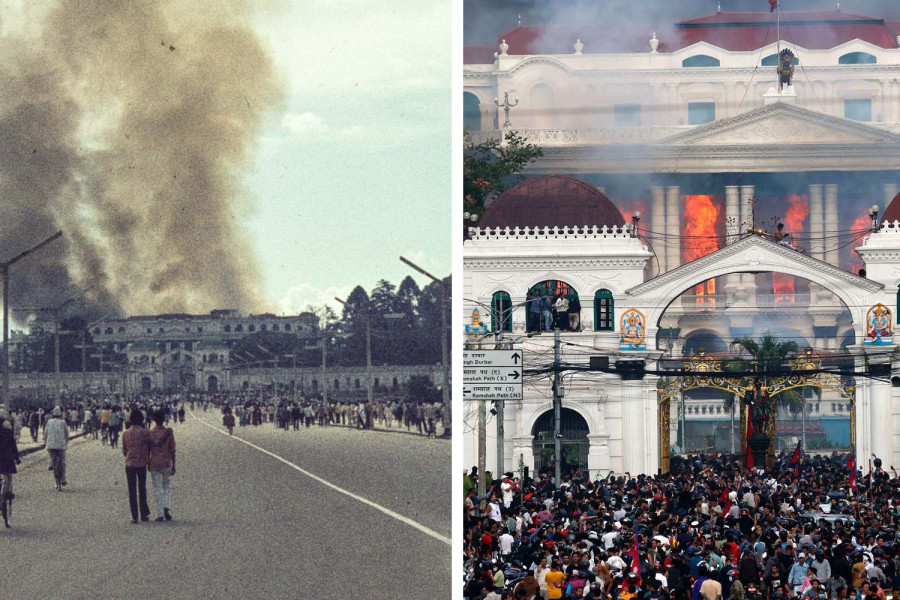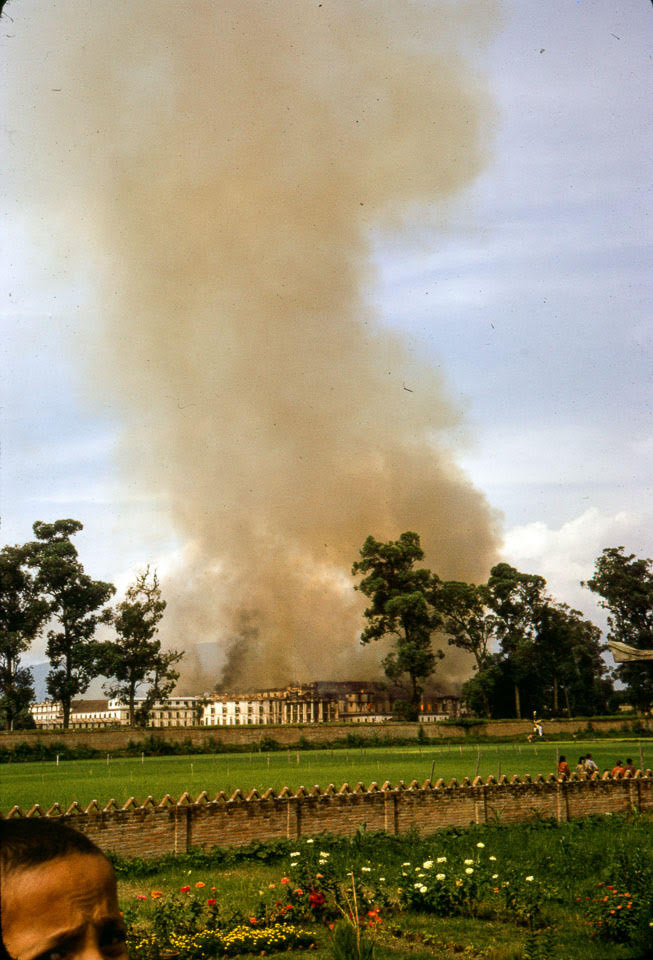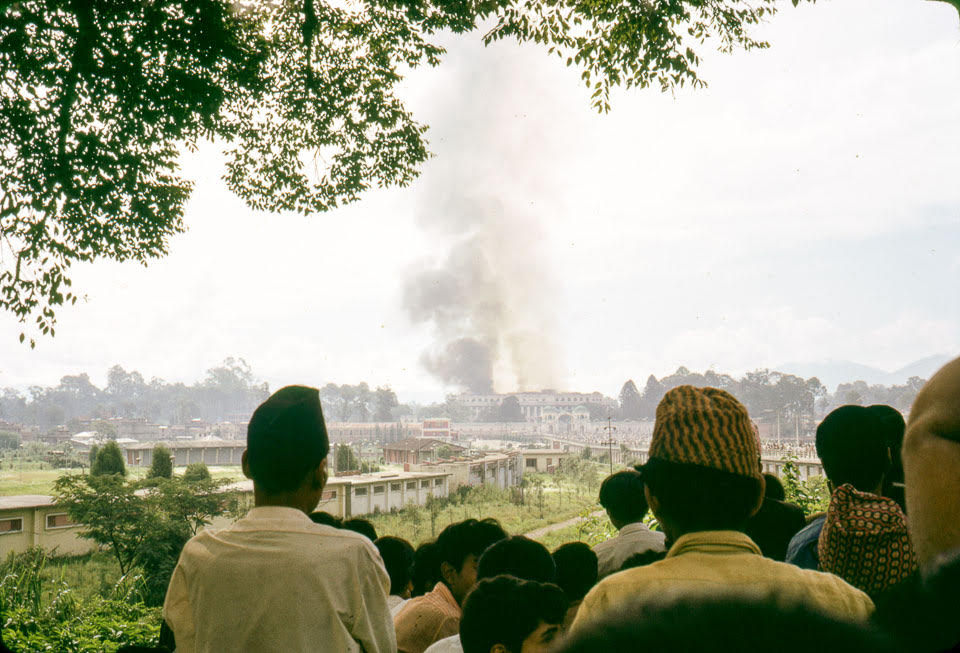
SATV Kathmandu Sept 14: Singha Durbar, built in 1908 by Rana Prime Minister Chandra Shumsher, was designed by two Nepali architects, Kumar Narsingh Rana and Kishor Narsingh Rana, who oversaw the planning and construction of this grand palace. At the time, the structure cost Rs 5 million.
Originally built as a residence as well as an administrative command centre, according to research by Rishi Ram Parajuli, a lecturer in Structural Engineering at Kingston University in London, the palace was built on 50 hectares of manicured lawns and seven inter-connected courtyards.
With over 1,000 rooms, Singha Durbar was considered one of the largest palaces in South Asia, a true symbol of the Rana regime’s wealth and power.
But on July 9, 1973, the palace witnessed a devastating fire. Most parts of the palace were destroyed, leaving only the front courtyard intact and usable. What was once a sprawling palace with endless corridors and courtyards was reduced to fragments.
The exact cause of the fire, which started at midnight, remains a mystery, says Jagat Nepal, historian and head of Journalism at Ratna Rajya Campus.
There are stories and speculations tied to the night of the fire. Then Bagmati Zone deputy commissioner Surya Prasad Shrestha, who later served as Nepal’s chief election commissioner, told the Post that he had received an unusual order to place vehicles inside the Singha Durbar compound just hours before the incident. He had never before received such an instruction. He chose not to follow it.
Shrestha believes that had he obeyed the order, his vehicle could have fueled the flames, making the fire even more destructive. The incident carries traces of a conspiracy, suggesting that someone might have deliberately started the fire.
The fire raged through the night while King Birendra was already asleep. In the tradition of the Nepali monarchy, it was considered inappropriate to disturb the king once he had retired for the night. As a result, King Birendra only learned about the destruction the following morning. By then, the fire had already caused immense damages.

Employees working at Singha Durbar, the then prime minister Kirti Nidhi Bista, and ministers did their best to contain the fire on the night, but its scale was overwhelming. Flames engulfed large sections of the palace and continued to burn into the next day. Little of substance could be saved.
Nepal says, “One individual named Sher Bahadur Shahi was assigned to investigate the cause of the fire, but the responsibility was far too big for a single person.” The truth behind the disaster, therefore, was never uncovered.
The fire’s aftermath brought more challenges. Offices had to be shifted, and the functioning of the government was disrupted. It took years to adapt to the loss of such an important administrative hub.
Historian Nepal says it took approximately 40 to 50 years for parts of Singha Durbar to be renovated and restored and made ready for reuse. The damage was not only physical but also symbolic, leaving behind unanswered questions, conspiracies, and a long period of struggle to rebuild.
The recent fire at Singha Durbar on September 9 during the Gen Z protests resulted in one of the biggest losses of Nepal’s historical infrastructure in modern times. The destruction has not only damaged an architectural landmark but also struck at the heart of the country’s history and governance. For all Nepalis, the loss feels deeply personal.
“When the politicians fail to lead the nation, the nation has to pay the price. And this is the price Nepal is paying,” constitutional and administrative expert Kashiraj Dahal reflects on the tragedy. His words underline how the fire is not only a physical disaster but also a reflection of deeper political failures that have weakened institutions and governance over the years.

The damage comes a decade after the massive destruction caused by the 2015 earthquake. At that time, Nepal spent a lot to restore Singha Durbar and it took years to bring it back to function. That restoration required time, effort, and resources. Now, with this fire, the loss is estimated to be heavier still, undoing years of recovery, erasing history, and contributing to the waste of huge investments made after the earthquake.
Moreover, historian Nepal stresses the importance of archives and documentation when reflecting on such losses. During a visit to Stanford University in 2019, he observed how the university had allocated $1.6 billion solely to build its archives. The documents were stored in waterproof and fire-resistant facilities. Staff at the university told him, “If these papers are lost, the history of the USA will be lost.”
This is a powerful lesson that his own country needs to learn. He believes Nepal should also have stronger archival systems, making them water- and fire-proof, so that history is not erased in moments of crisis.
Dahal says the younger generation, particularly Gen Z, should not be blamed for the destruction. Instead, he points to mismanagement and opportunism.
“Someone used the Gen Z protests to serve their own interest,” he says.
Looking forward, Dahal says the interim government must prioritise rebuilding of Singha Durbar and urges that the palace be reconstructed in its original form, preserving its heritage and identity.
“These are the symbols of our identity,” he adds, reminding us that Singha Durbar is not just bricks and mortar but a living piece of Nepali history. “Do it for the future generations.”



















